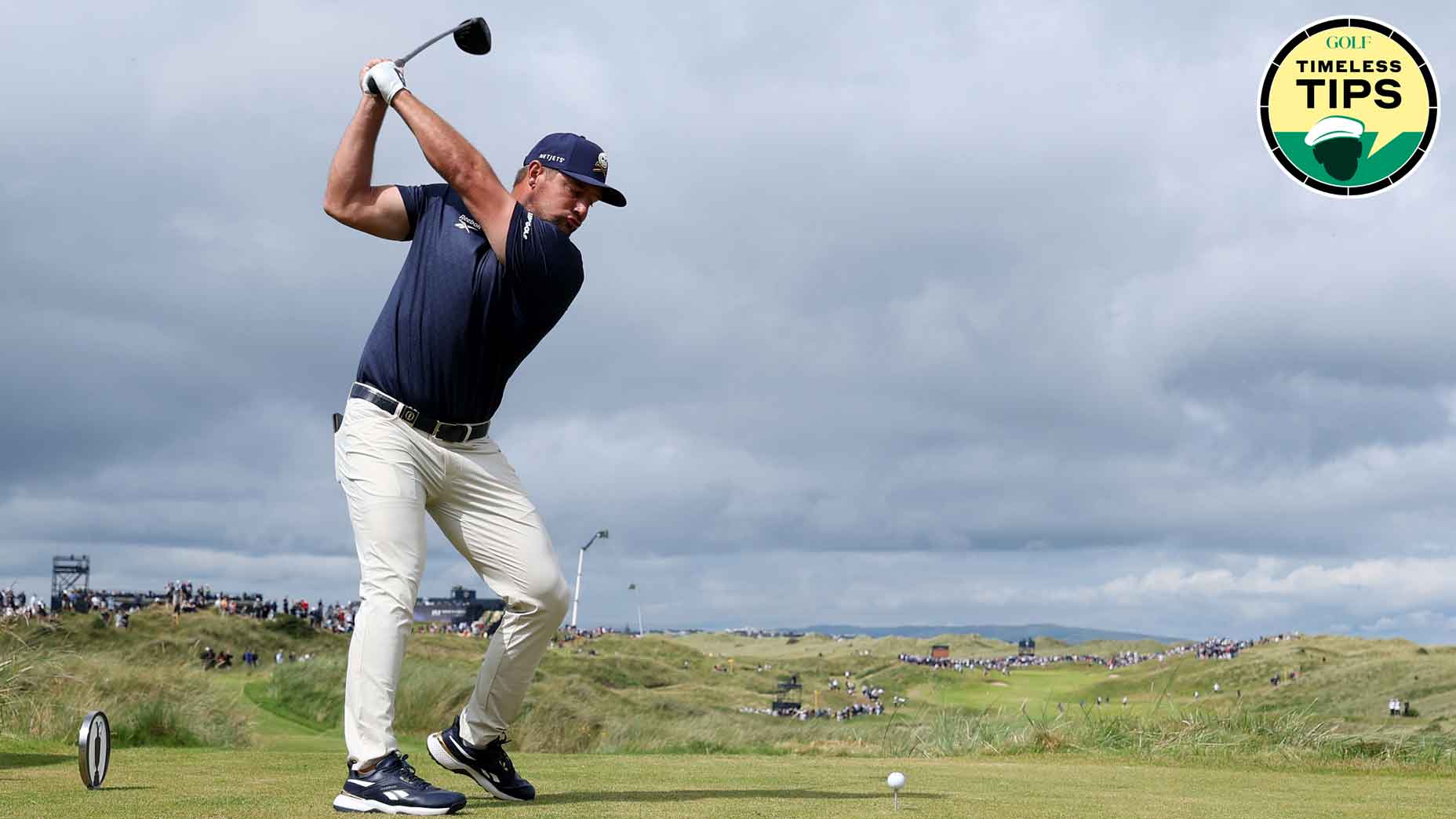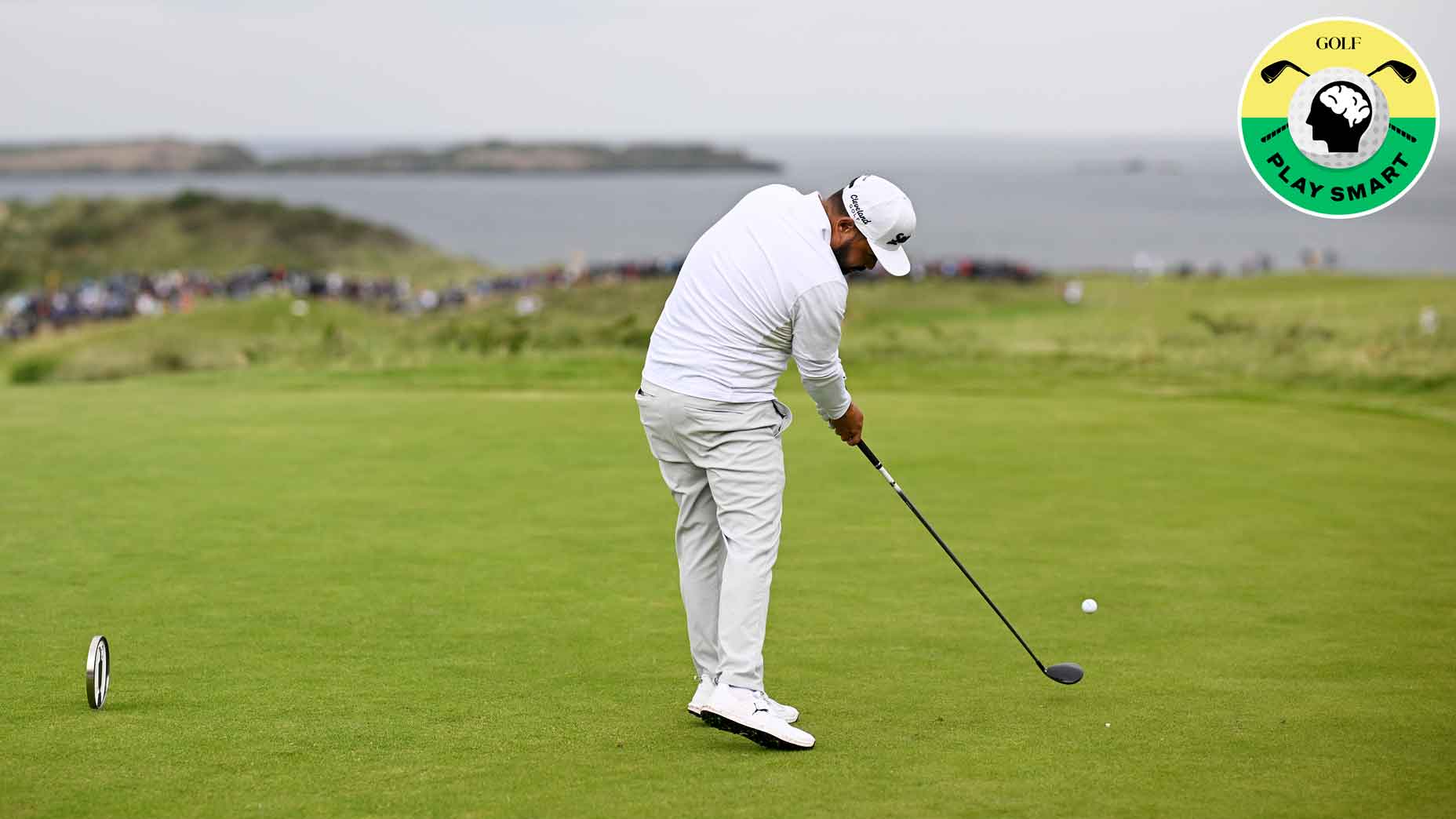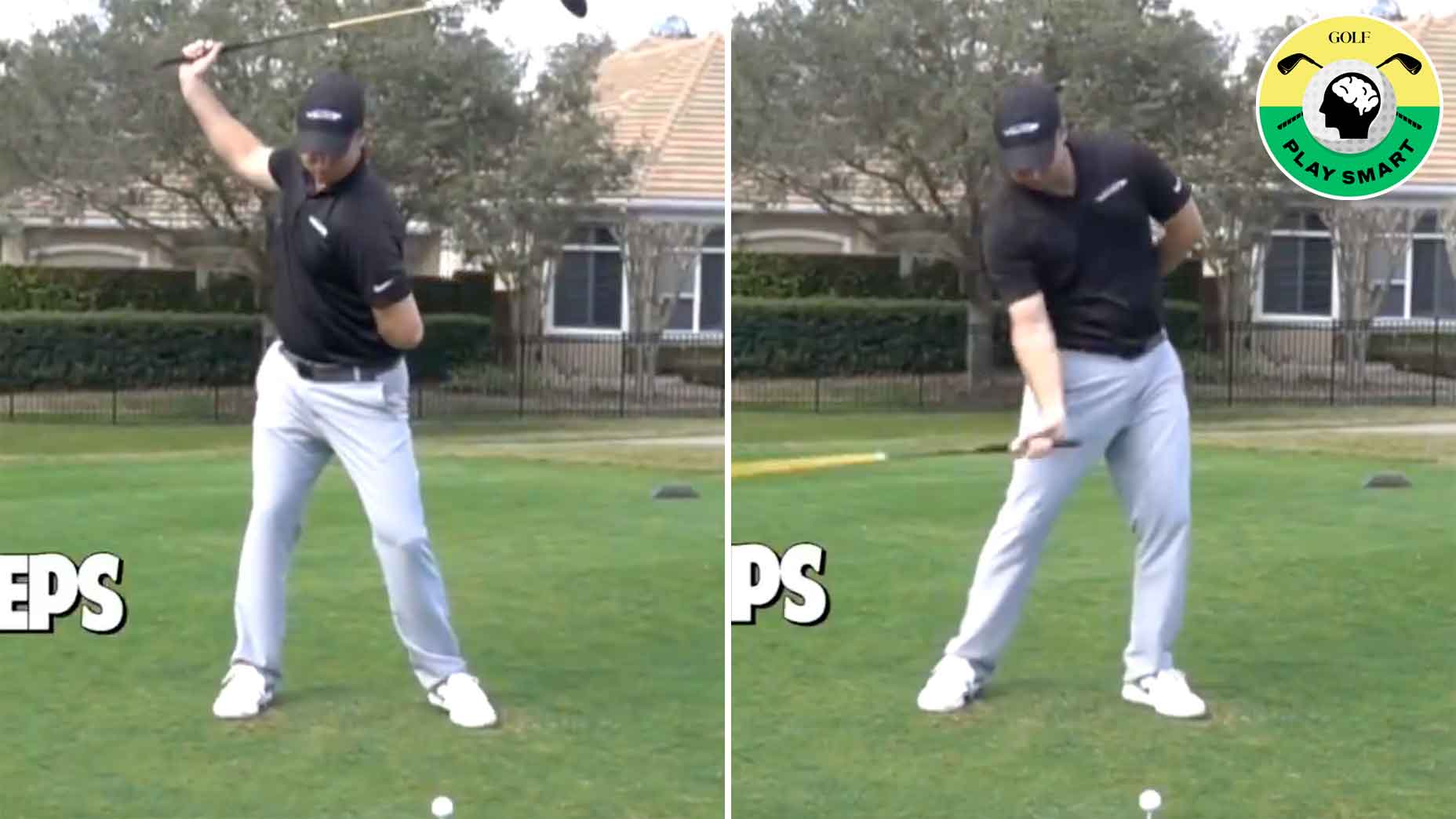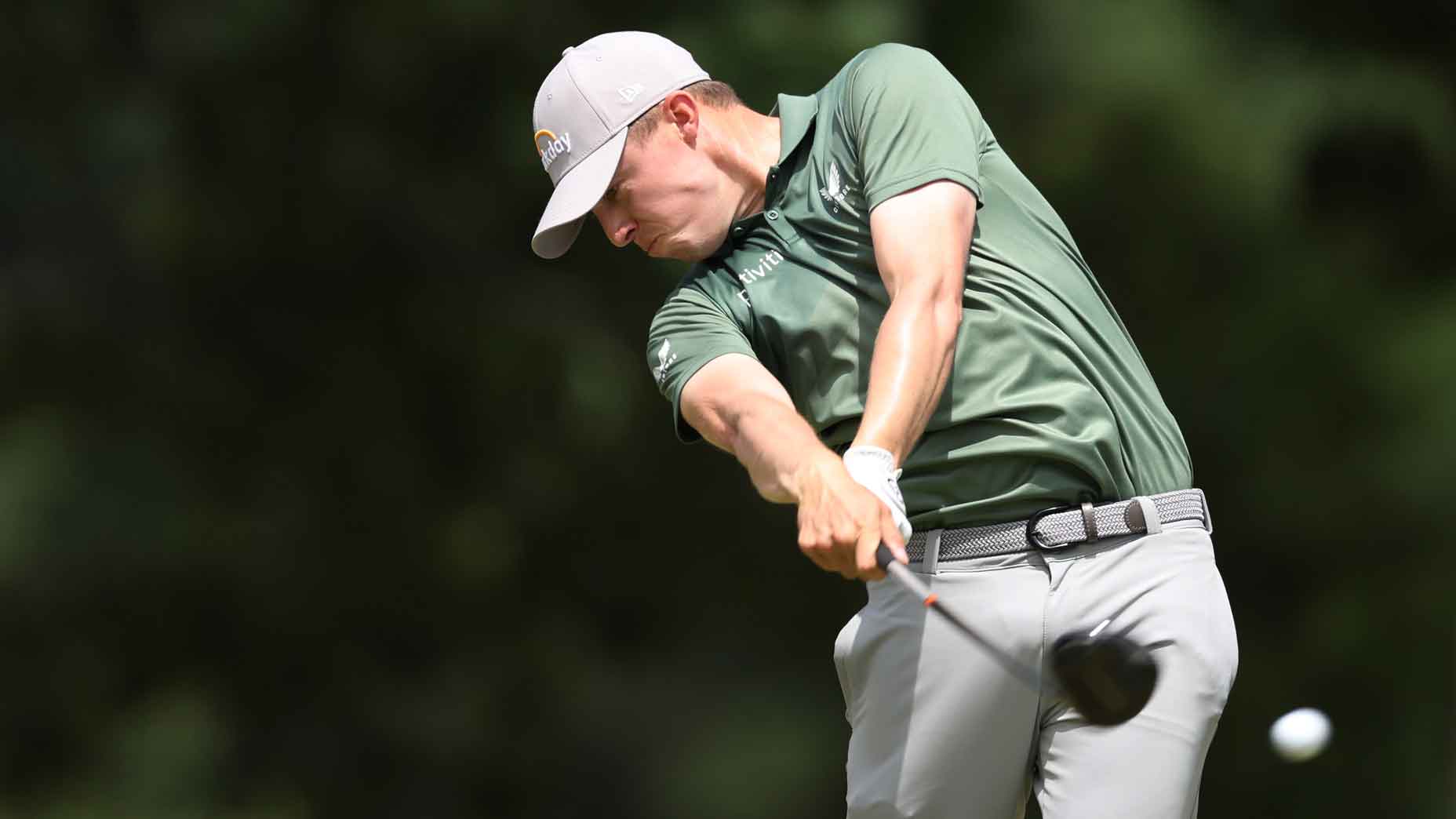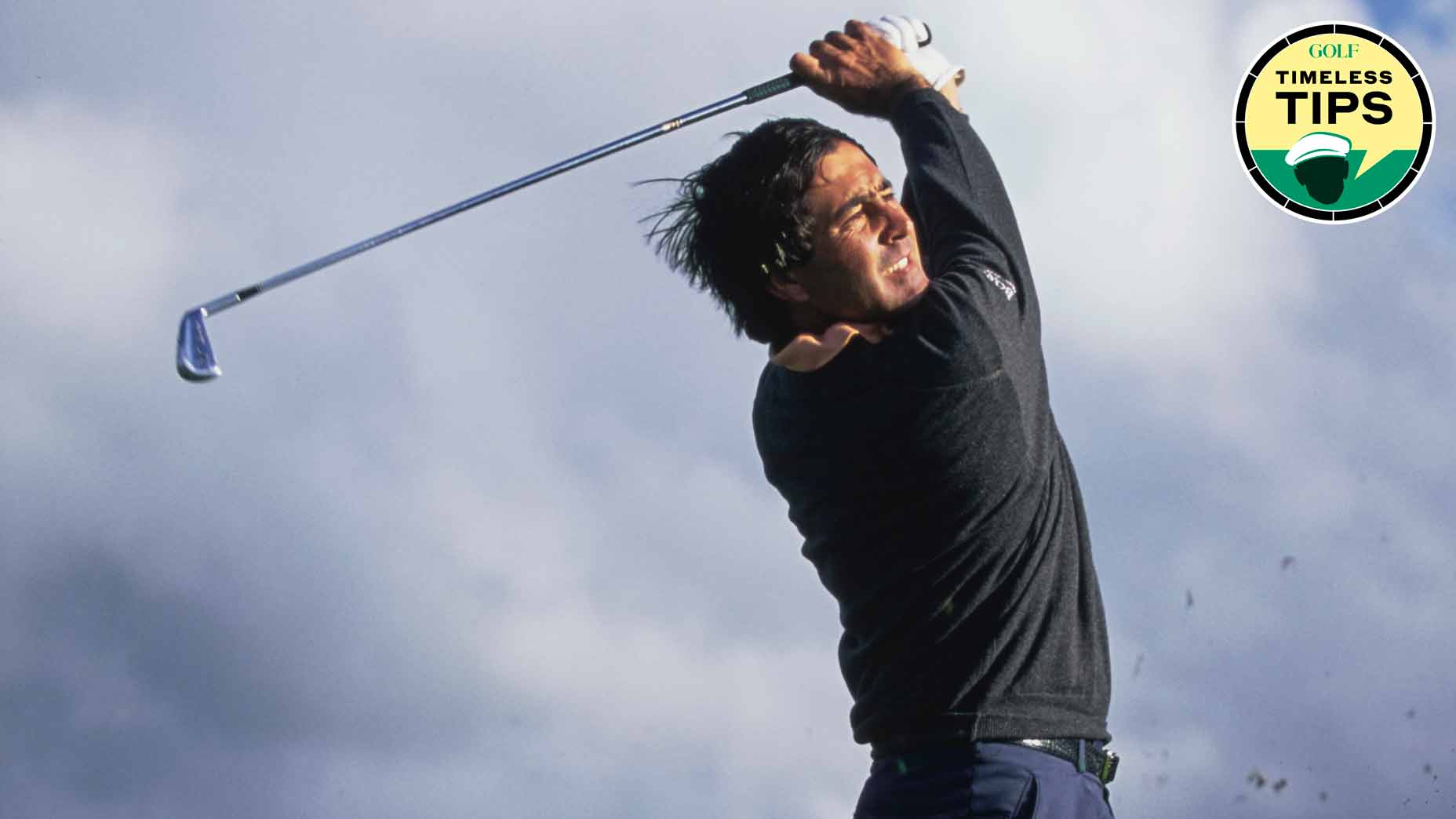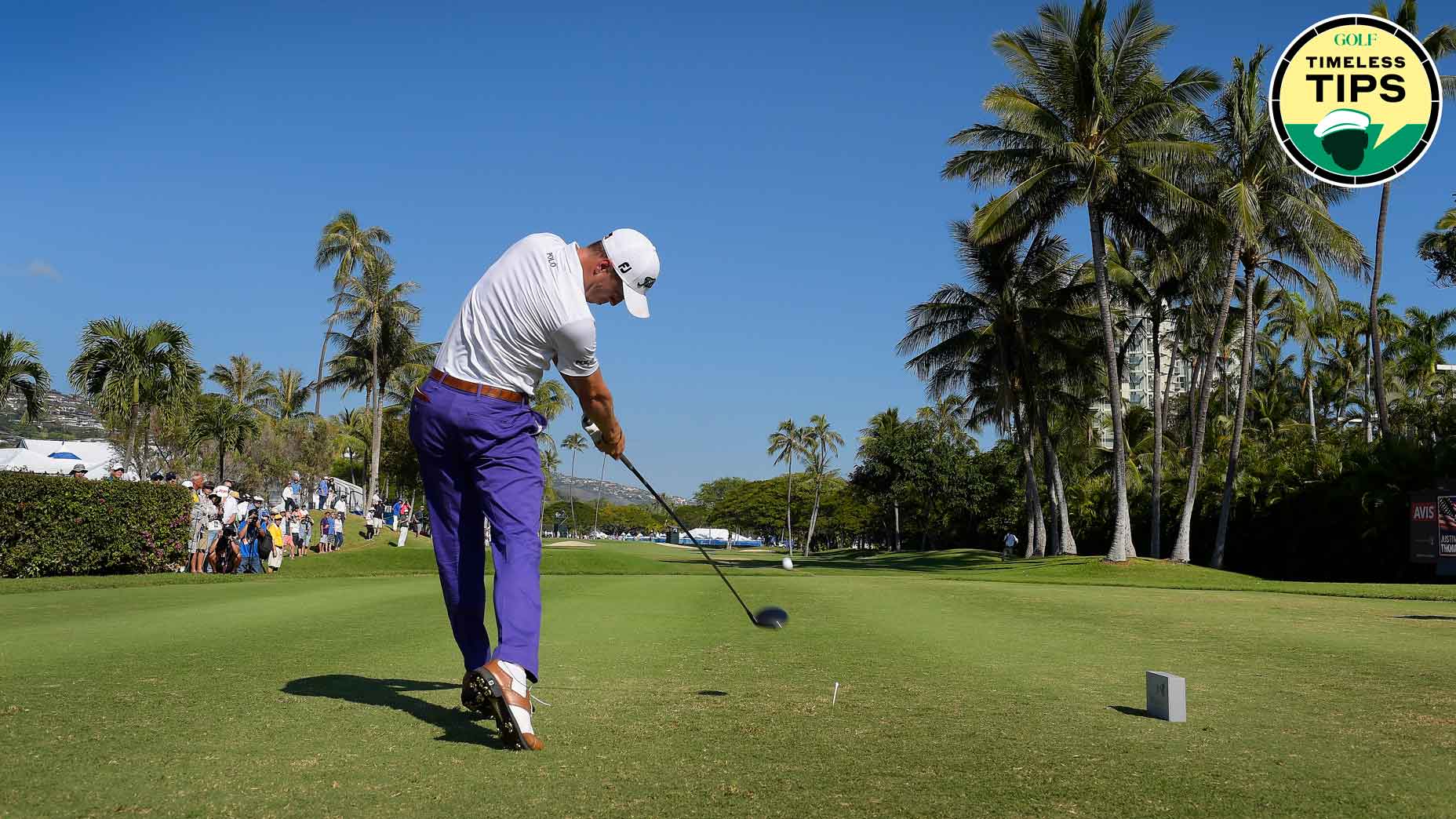Golf instruction is ever-evolving, but the best advice stands the test of time. In GOLF.com’s new series, Timeless Tips, we’re highlighting some of the greatest advice teachers and players have dispensed in the pages of GOLF Magazine. This week, we share 10 tips for more power from our April 1989 issue. For unlimited access to the full GOLF Magazine digital archive, join InsideGOLF today; you’ll enjoy $140 of value for only $39.99/year.
The modern golfer is obsessed with power — and for good reason. Advanced analytics have demonstrated just how important power is for success, so everyone wants more of it.
The chase for speed might feel like a new phenomenon, but this is a quest that’s been going on for generations. As a matter of fact, GOLF Magazine‘s cover story from the April 1989 issue was dedicated to just that. The main headline was short, simple and to the point:
HOW TO CRUSH IT!
Every golfer should be curious about that answer. Scroll below for 10 tips for more power, straight from the GOLF Magazine archives.
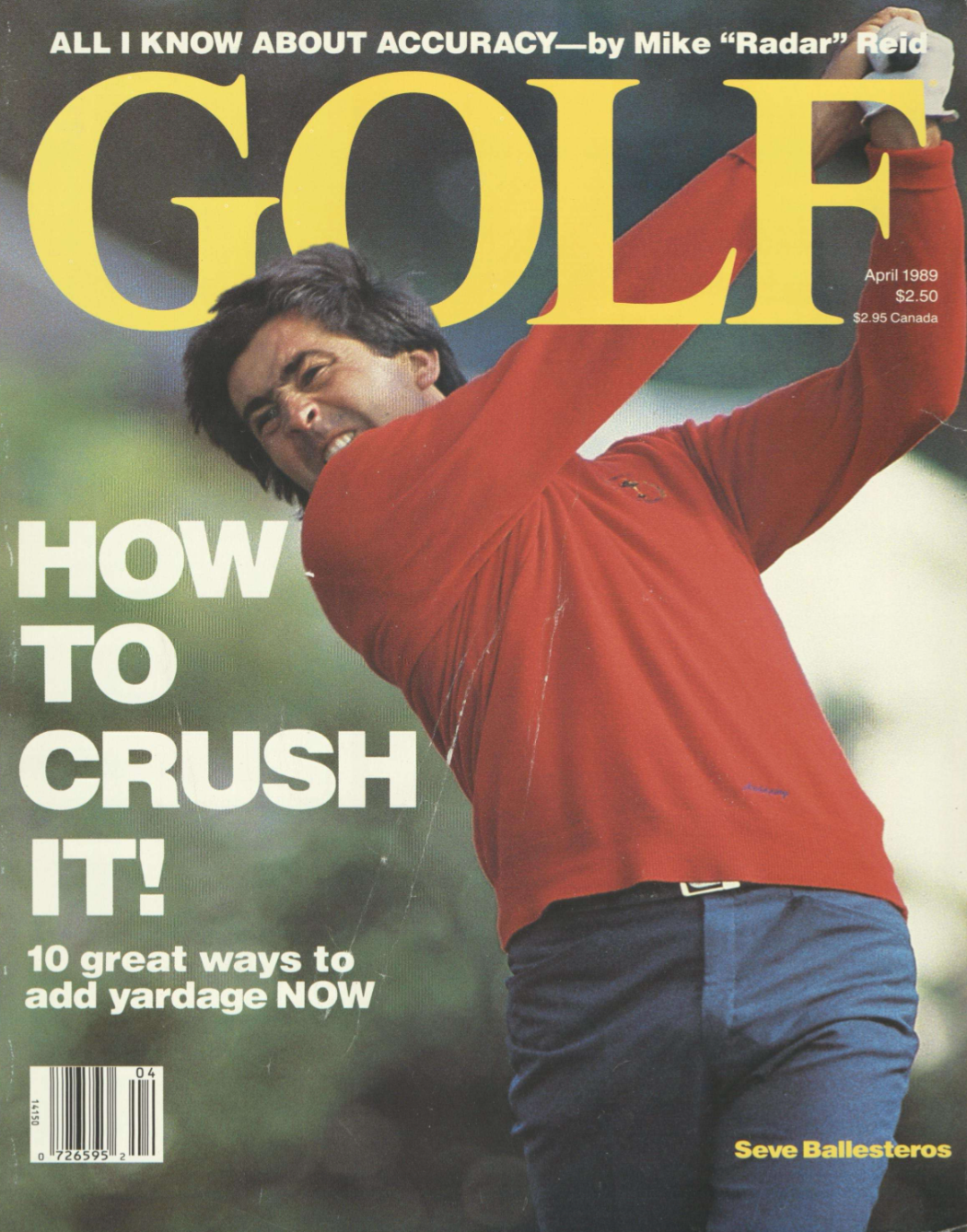
10 tips for more power
There isn’t a golfer anywhere who doesn’t want to hit the ball farther. The pros are no exception, and at their level, a few extra yards can mean the difference between winning and losing.
We’ve taken a look at ploys used by 10 long-hitting professionals to stretch out their shots. Whatever their secret, it’s something each pro has integrated into his game and will necessitate at least a few hours of practice on your part.
1. Gather your power
Seve Ballesteros believes the backswing is about gathering energy. That’s why his motion flows slowly and smoothly, building to an explosive downswing. That’s also why he wants the sensation of pausing at the top, as an end to the process of winding up. But, of course, he never really stops: In fact, when he thinks he’s pausing, his lower body already has begun pulling toward the target.
You can add power by “gathering” in the backswing — remember, slow and smooth — then firing the right side. The right hip begins to recoil, turning counterclockwise; the right knee kicks in; the tight instep moves toward the ground. This sequence also forces the head slightly down and back so it hangs behind the ball at impact.
2. Grip lightly
Before the final round of the 1986 British Open at Turnberry, Jack Nicklaus offered Greg Norman a piece of advice: Keep the grip pressure light. Norman heeded the suggestion, which was key to his victory.
A tight grip hinders the release of the clubhead in the hitting area, costing distance. Hold the club with as much pressure as you’d apply squeezing a tube of toothpaste. And even then, not all the fingers are involved: Hold onto the club with the third and fourth fingers of the right hand, the last three fingers of the left. The others should feel as if they are barely on the grip.
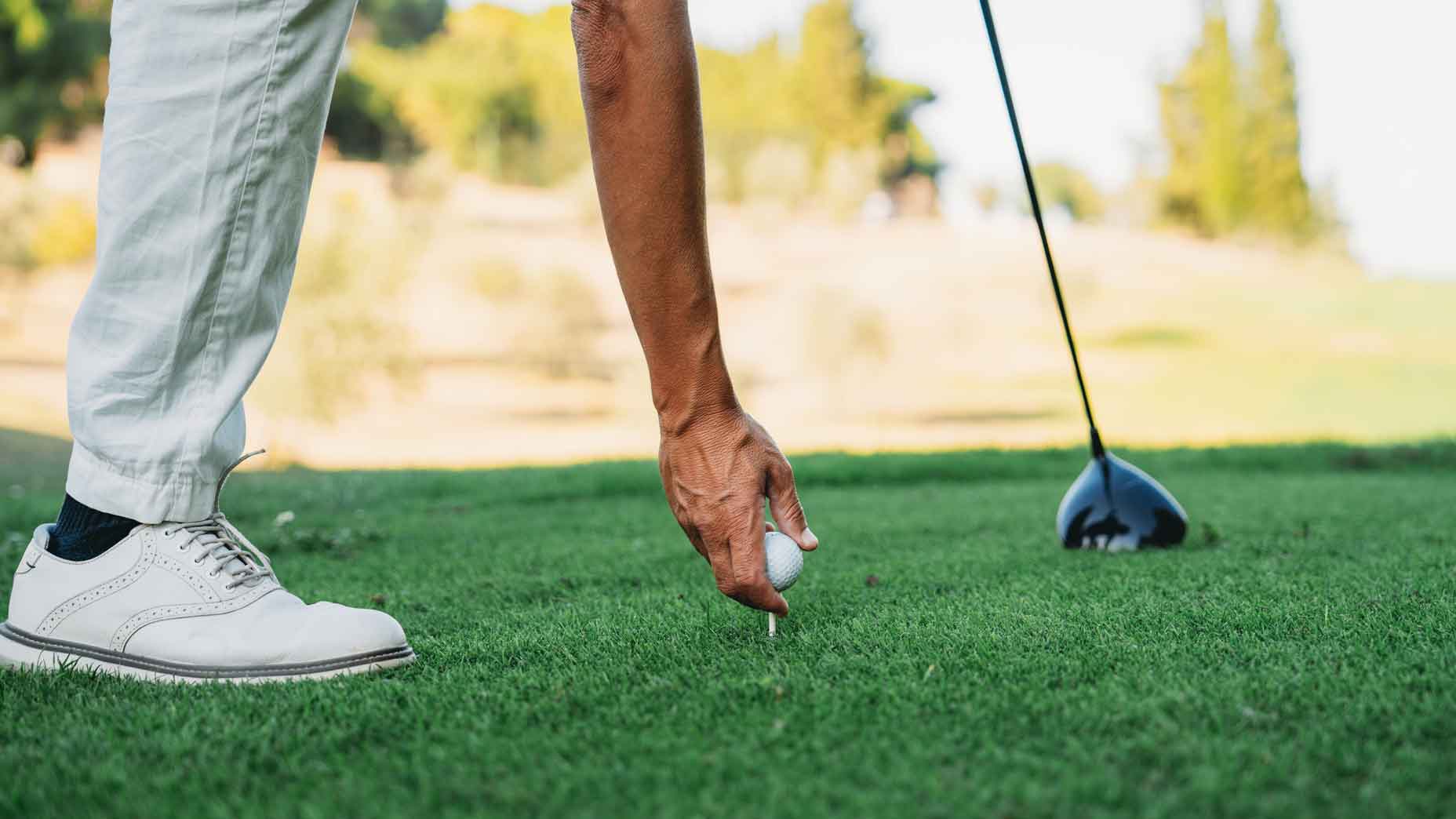
3. Tee it high
How high you tee the ball can influence distance by changing how you swing. Chi Chi Rodriguez, one of the longest hitters — and one of the smallest players — on the Senior PGA Tour, proves that. He usually tees the ball very high, using an extra-tall peg.
You don’t need special tees, but you should try teeing so that almost the entire ball is above the top of the club when soled on the ground. This encourages a flat swing (instead of the steep swing that a low tee promotes), which allows you to turn more fully and make a free release through impact. Your hit will be solid and the ball will fly low, which also makes it the smart play when hitting into a strong wind.
This high-tee method will take some practice. Initially, you may find yourself hitting pop-up drives. Keep working at it until your swing plane has flattened.
4. Use a strong grip
Most pros take a neutral grip, the Vs formed by the thumb and forefinger of each hand pointing midway between their chin and right shoulder. But when distance is called for, these same players will imitate long hitter Paul Azinger and assume a strong grip. This strong hold sets up a right-to-left draw, with spin that gives the ball lots of “run” after landing.
To take a strong grip, turn your hands a little to the right (the thumbs turning away from the target), until the Vs point at your right shoulder. This is another way of flattening the swing so the hands can release quickly. You may start by hitting a snap hook: Experiment to learn how much change is necessary.
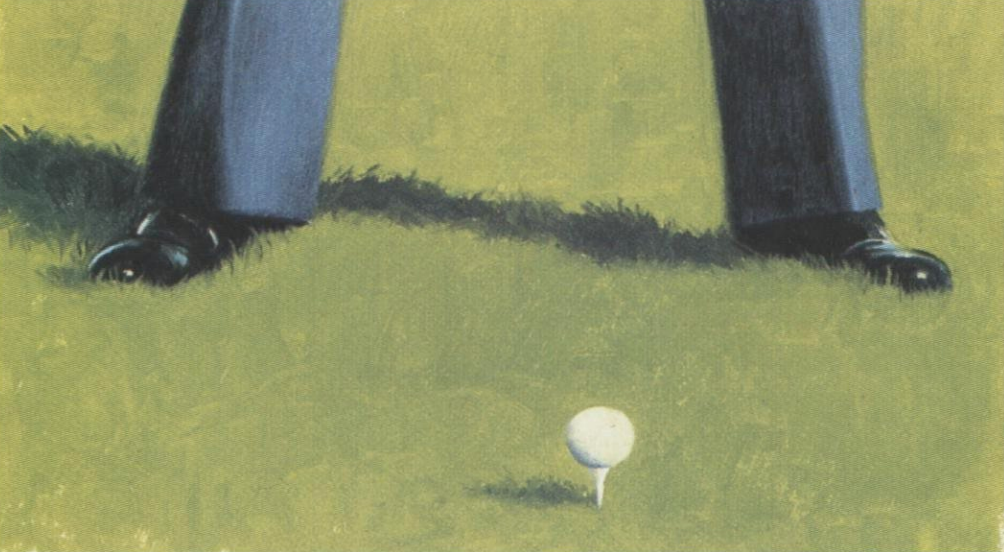
5. Flare your feet
The big, strong, flexible player usually plants his right foot perpendicular to the target line, his left foot angled slightly toward the target. The square right foot makes the right leg act as a brace to the powerful winding action of the body. But the smaller player doesnt want to stop his coiling action; he wants more of it. So some players, such as last year’s “sneaky long” PGA champion Jeff Sluman, flare the right foot away from the target.
The flared right foot not only allows for a bigger turn, it also sets up the clearing of the left side on the downswing and lets the arms whip the club through at high speed. Be careful not to turn either foot more than 45 degrees out from perpendicular to the target line; too much and the body will sway and the ball will sail uncontrollably.
6. Widen your arc
Thirty years after hitting the scene, Jack Nicklaus still possesses one of the longest takeaways in golf. His club stays low to the ground well past his right foot, creating power through a wide swing arc. Compare that to a power hitter such as Joey Sindelar, who cocks his wrists early, quickly setting the club on an upright plane. Sindelar generates power with a big turn and quick hands, an effective strategy for the player who has hours to practice and groove precise timing.
Most amateurs will be better served by the Nicklaus method. Think about dragging the clubhead straight along the ground for at least 12 inches. Delay any cocking of the wrists in the backswing until you feel the weight shift into your right hip. You then can hinge the wrists and swing up to the top, setting your hands well above your head.
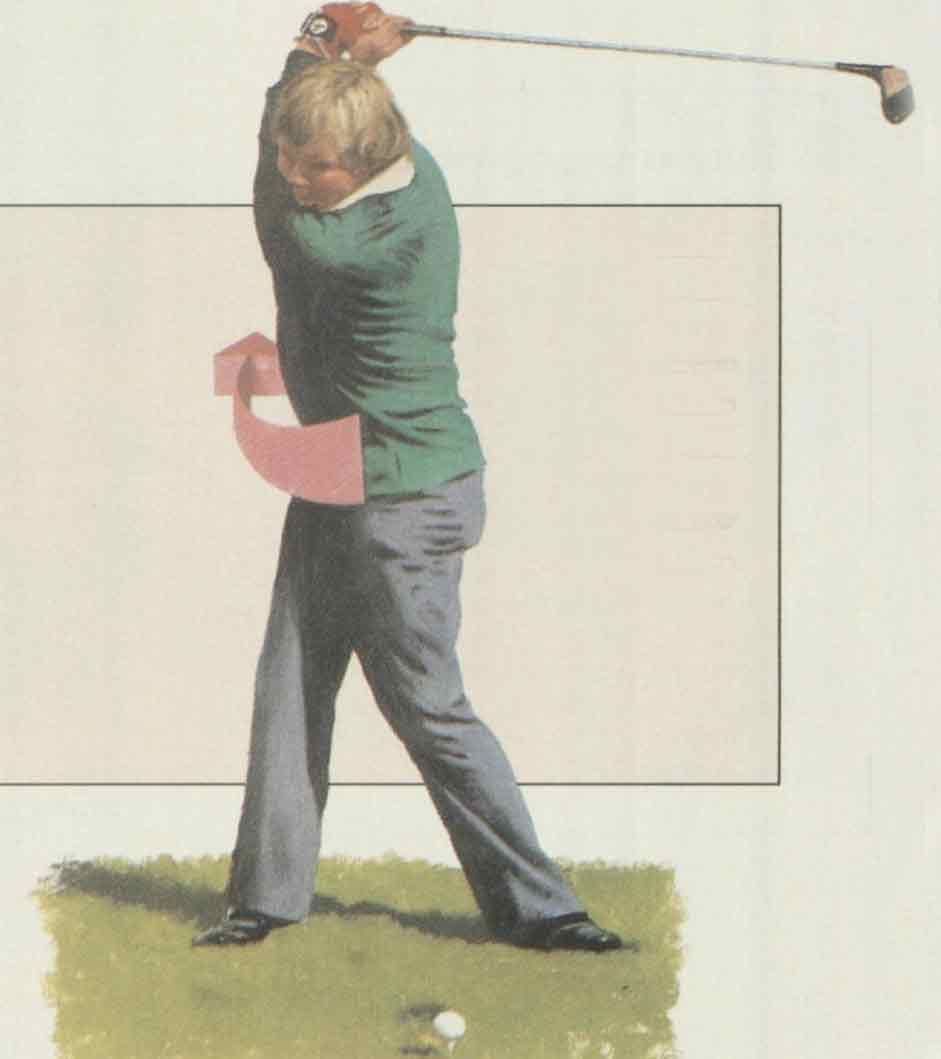
7. Close your stance
John Mahaffey is another small man who altered his setup for big results. He added yards to his shots by closing his stance — pulling his right foot a few inches inside the target line.
A closed stance allows Mahaffey to make a bigger wind up around his right hip. The unorthodox stance also forces the club quickly inside the target line for a flatter swing. Moreover, he stores so much energy in his turn that, like Ballesteros, the downswing fires with the trigger of rotating the right hip toward the target.
Some players can make the closed stance work, but it requires good timing. The clubface is square only for a fraction of a second before swinging back to the inside of the line. A big hook or slice can be an unintended result.
8. Put the legs in overdrive
Craig Stadler is a regular among the Tour’s longest drivers. His power comes from a vigorous: rotation of the legs toward the target at the start of the downswing.
To thrust your legs Stadler-style, you must clear the left hip as the dowswing begins. As soon as you feel your weight shift to the ball of your left foot, turn the left hip out of the way. The legs will follow and the arms will have the room necessary to swing the club powerfully through the ball. Practice the leg drive by assuming your position at the top of the swing, then slowly working the leg and hip actions into your muscle memory.
9. The power fade
Big hitter Dan Pohl believes that the lush fairways of American courses stop the ball from rolling, which means the right-to-left player loses the advantage of hitting with drawspin. Pohl tries to achieve as much distance as he can in the air, so his shot is the high power fade.
The key to the long, controlled left-to-right shot is setting up open, aiming the feet, knees, hips and shoulders to the left of the target. Besides starting the ball to the left, this position “pre-clears” the hips so the arms won’t have trouble swinging through impact. With your body set open, aim the clubface down the middle of the fairway: The ball will bend from the left side into the heart of the short grass.
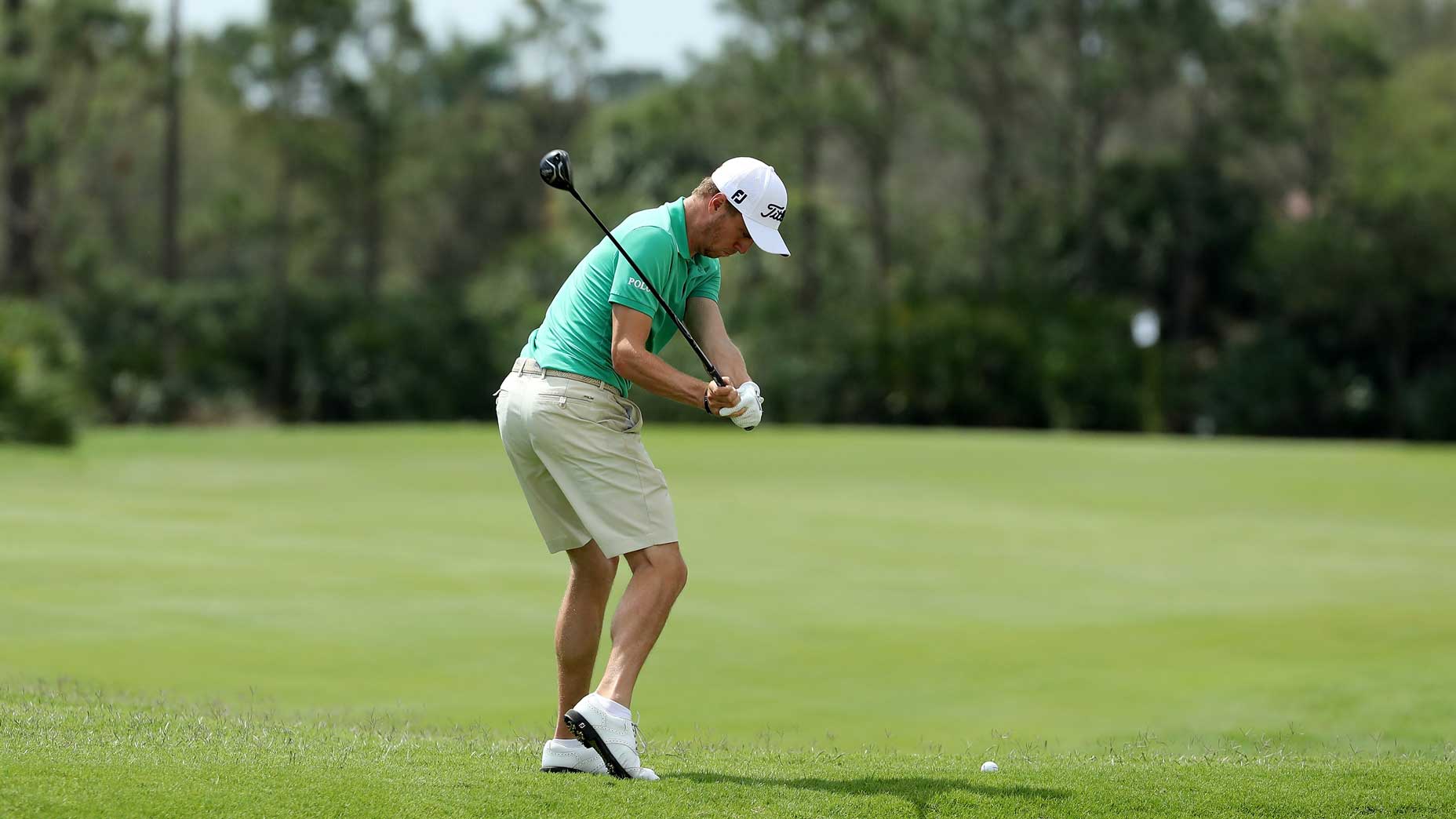
10. Come off the right foot
Mark Calcavecchia is an aggressive hitter, another advocate of the power fade. Unlike Pohl, Calcavecchia doesn’t set up with the hips way open and precleared. Instead, he sets up square fo just slightly open, relying on a hard and fast clearing of the left hip to trigger the downswing.
Calcavecchia’s method has a big drawback: the possibility of a hard hook. He fights that tendency by boosting himself into the downswing with a big push off his right foot; the right heel rising high. This action allows him to work the right arm and hand under the left, preventing the right forearm from rolling over quickly and shutting the clubface. That move also allows him to catch the ball on the upswing—important in hitting the long ball.
Latest In Instruction

Zephyr Melton
Golf.com Editor
Zephyr Melton is an assistant editor for GOLF.com where he spends his days blogging, producing and editing. Prior to joining the team at GOLF, he attended the University of Texas followed by stops with the Texas Golf Association, Team USA, the Green Bay Packers and the PGA Tour. He assists on all things instruction and covers amateur and women’s golf. He can be reached at zephyr_melton@golf.com.

